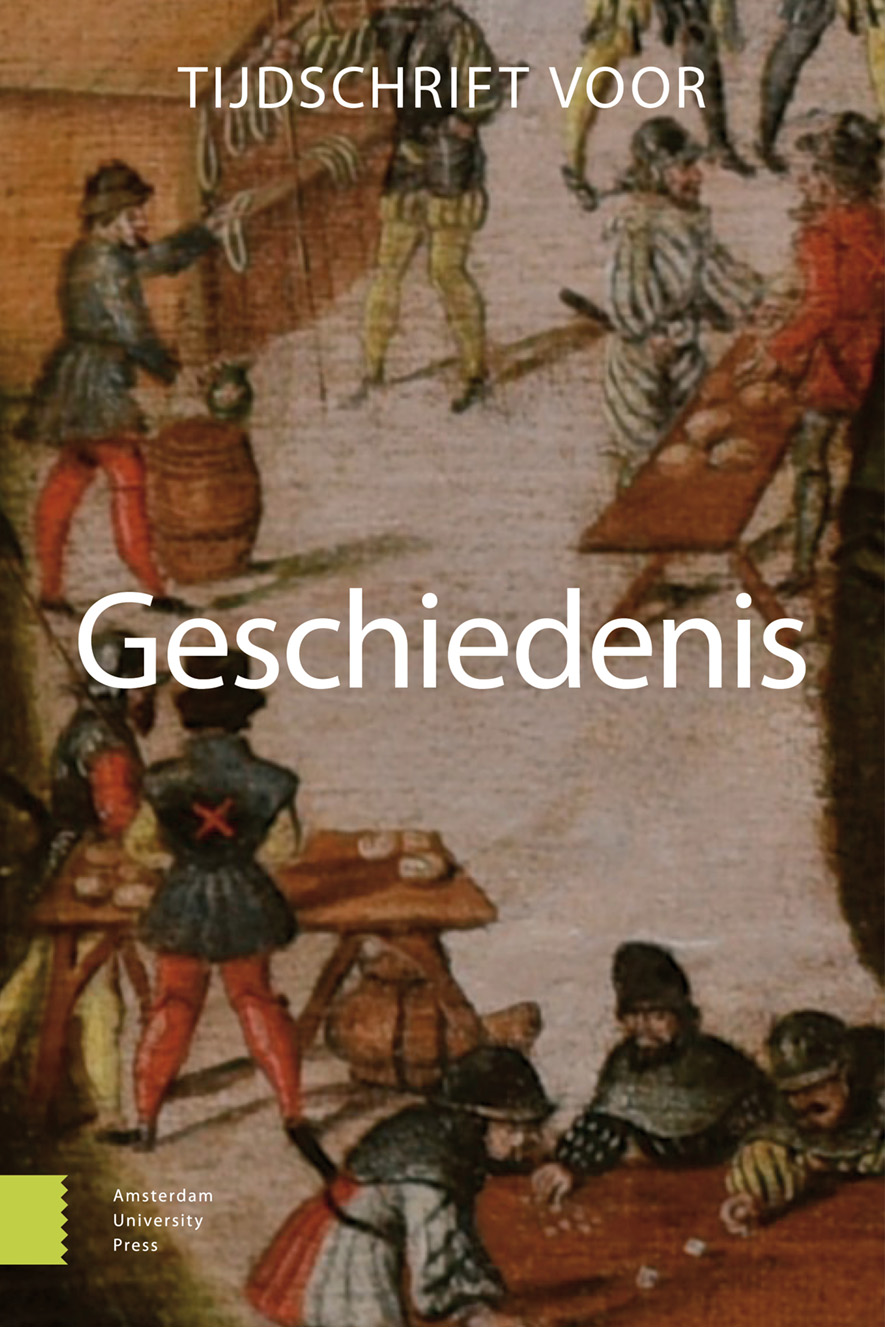-
oa De geografie van de stamverwantschap - Op zoek naar Nederlandse plaatsen van herinnering in Zuid-Afrika
- Amsterdam University Press
- Source: Tijdschrift voor Geschiedenis, Volume 124, Issue 3, Oct 2011, p. 334 - 349
Abstract
During the South African War (1899-1902) the public in the Netherlands strongly supported the Boer republics in their fight against the British. This enthusiasm was based on feelings of racial and cultural kinship – the so-called ideal of stamverwantschap. At first sight it appears that this ideology disappeared after 1902 and that the gap between the people of the Netherlands and the Afrikaners grew over the course of the twentieth century, culminating in widespread protests against apartheid after the Second World War. This article argues that positive interaction between Dutchmen and Afrikaners continued longer than is often assumed. During the course of the twentieth century several initiatives were taken to transfer objects from the Netherlands to South Africa to help strengthen Afrikaner identity, which led to the creation of places of memory that still exist. Dutch historians lost sight of this during the cultural boycotts of the 1970s and 1980s. But after the end of apartheid they have become accessible again, providing a different perspective on this history. By analysing three places of memory I show that certain groups of Dutchmen have contributed to the heroic interpretation of Afrikaner history which legitimised white-minority rule.


